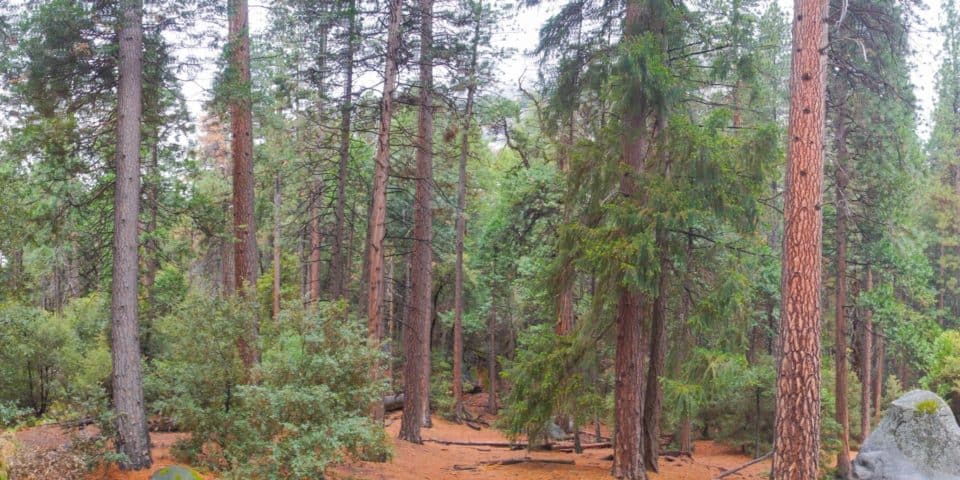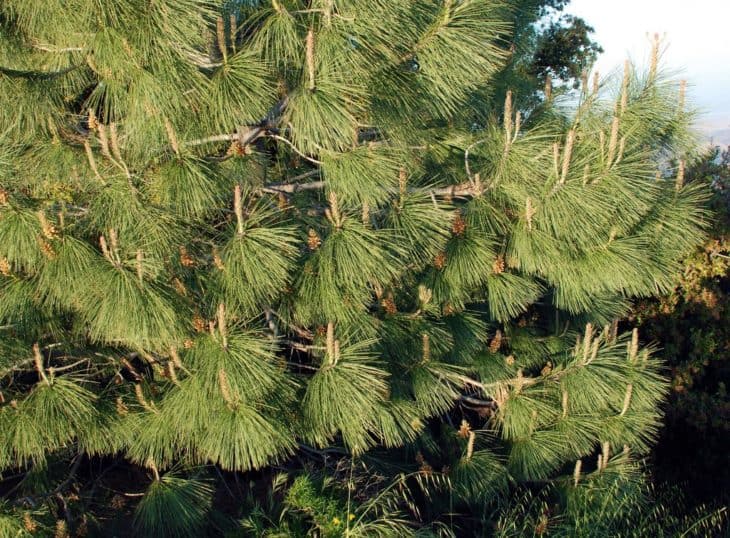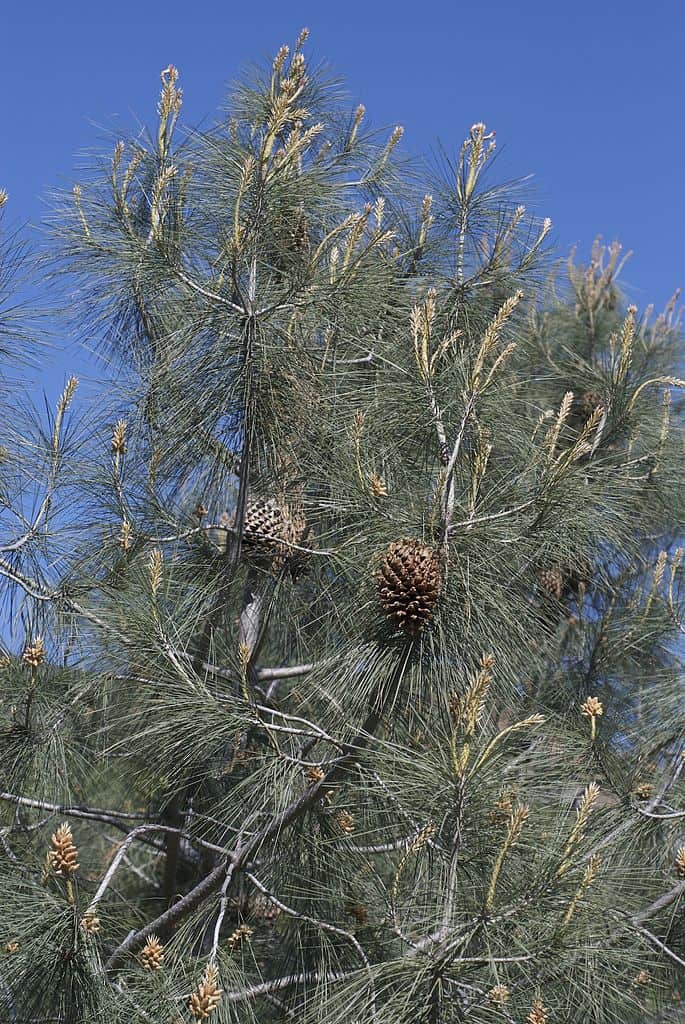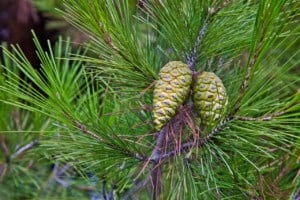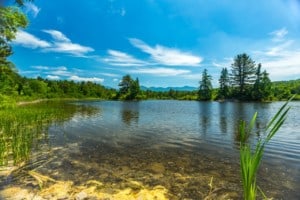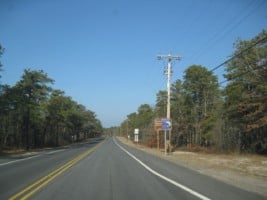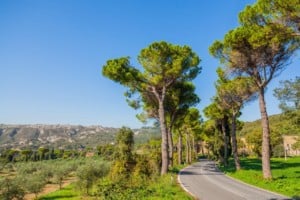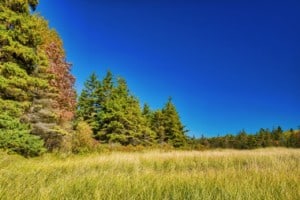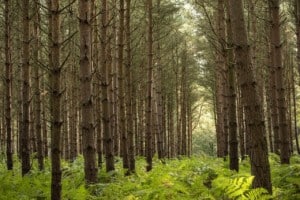People love pine trees, and there is little wonder why. The cones can be easily decorated for a variety of occasions, and the seeds are often edible for both wildlife and humans. Pine trees are also very attractive and easy to grow, making them even more appealing to both homeowners and business owners alike. Northern and Southern California are home to a wide variety of pine trees.
Contents
- Pine Trees in Southern California
- 1. Bishop Pine (pinus muricata)
- 2. Coulter Pine (pinus coulteri)
- 3. Gray Pine (pinus sabiniana)
- 4. Great Basin Pine (pinus longaeva)
- 5. Jeffrey Pine (pinus jeffreyi)
- 6. Knobcone Pine (pinus attenuata)
- 7. Loblolly Pine (pinus taeda)
- 8. Lodgepole Pine (pinus contorta)
- 9. Monterey Pine (pinus radiata)
- 10. Nut Pine (pinus edulis)
- 11. Singleleaf Pinyon Pine (pinus monophylla)
- 12. Parry Pine (pinus quadrifolia)
- 13. Ponderosa Pine (pinus ponderosa)
- 14. Santa Cruz Island Pine (pinus Muricata remorata)
- 15. Sugar Pine (pinus lambertiana)
- 16. Torrey Pine (pinus torreyana)
- Pine Trees in Northern California
- 17. California Foothill Pine (pinus sabiniana)
- 18. Coulter Pine (pinus coulteri)
- 19. Jeffrey Pine (pinus jeffreyi)
- 20. Knobcone Pine (pinus attenuata)
- 21. Lodgepole Pine (pinus contorta)
- 22. Monterey Pine (pinus radiata)
- 23. Ponderosa Pine (pinus ponderosa)
- 24. Singleleaf Pinyon Pine (pinus monophylla)
- 25. Sugar Pine (pinus lambertiana)
- 26. Tamarack Pine (pinus contorta ssp. murrayana)
- 27. Western White Pine (pinus monticola)
Pine trees are coniferous evergreen trees that consist of 126 known species, but this doesn’t count the 35 unresolved species and other trees that may fit in this category. Pine trees can get quite large and in fact, they average from 10 to 260 feet high, although most of them fall in the 50 to 150 foot category.
There are so many types of trees in California that it would be impossible to list them all in this document, but suffice to say that if you love pine trees, this is the place to be. From firs to maples and dogwoods to cypress trees, the state has almost any type you can imagine – and that doesn’t even count the millions of fruit trees planted across the state!
Just like a lot of other states, California has a lot of different pine trees, and they vary depending on whether their home is in the northern or southern part of the state. If you want more details on the pine trees in the state of California, keep reading because below is information on all of them.
Pine Trees in Southern California
1. Bishop Pine (pinus muricata)
Bishop pines are usually found near the coastline in California and Mexico, and they can reach heights of 80 feet. The green or blue-green needles grow to roughly 6.5 inches, and the trees themselves are frequently found in public gardens and parks. They are both easy to grow and very attractive.
2. Coulter Pine (pinus coulteri)
Coulter pine trees can grow as high as 79 feet and have trunks of up to 3.3 feet in diameter. Their cones are very large and can get up to 15 inches, weighing up to a whopping 11 lbs., and they provide nourishment for all types of wildlife. The wood is fairly soft so it is mostly used for things such as firewood.
3. Gray Pine (pinus sabiniana)
Also called the digger or foothill pine, the gray pine tree grows to 45 feet high or less, meaning it isn’t a necessarily large tree. The cones, however, are very large and in fact, they can get up to nearly 14 feet long. The seeds inside the cones are eaten by moths and caterpillars, as well as some Native American groups that consider them a great snack.
4. Great Basin Pine (pinus longaeva)
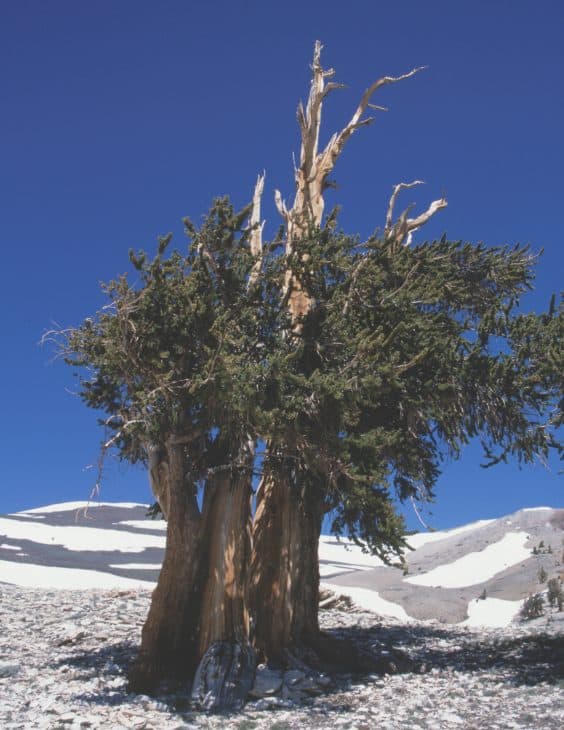
Also called the bristle cone pine, it grows from 15 to 50 feet high and has needles that grow in groups of five. The needles are especially attractive because they are deep-green or blue-green in color. The leaves of the trees have also been known to remain on the tree for up to 45 years. Besides California, the Pinus Longaeva is also common in Utah.
5. Jeffrey Pine (pinus jeffreyi)
The Jeffrey pine is also called the yellow pine, and it grows from 80 to 130 feet high in California and Oregon. With sharp barbs on the cone, the tree’s aroma is quite unique, being described as a vanilla, pineapple, or even butterscotch scent. Some of these pine trees have also been known to reach up to 170 feet in height or more, making them quite impressive indeed.
6. Knobcone Pine (pinus attenuata)
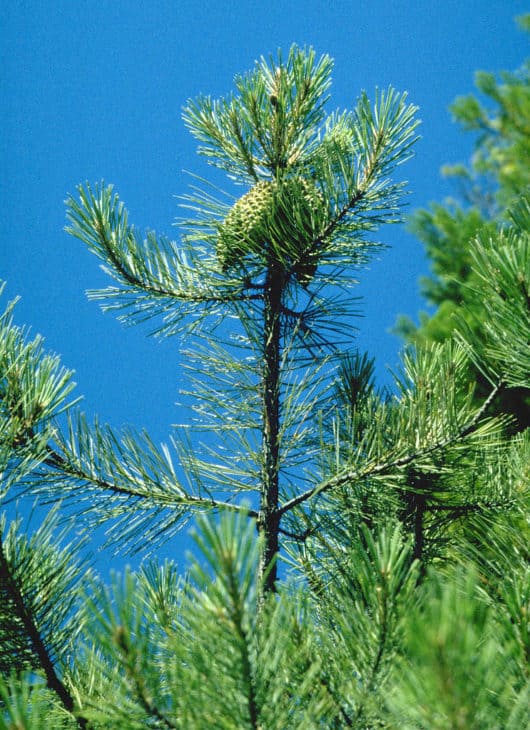
A medium-sized tree with a 25 to 80 foot height, its trunk is very erect and straight, and it has smooth, but flaky bark. Its leaves grow in groups of three, and the cones often stay closed for years at a time. They will usually open to release the seeds only if something such as a fire occurs.
7. Loblolly Pine (pinus taeda)
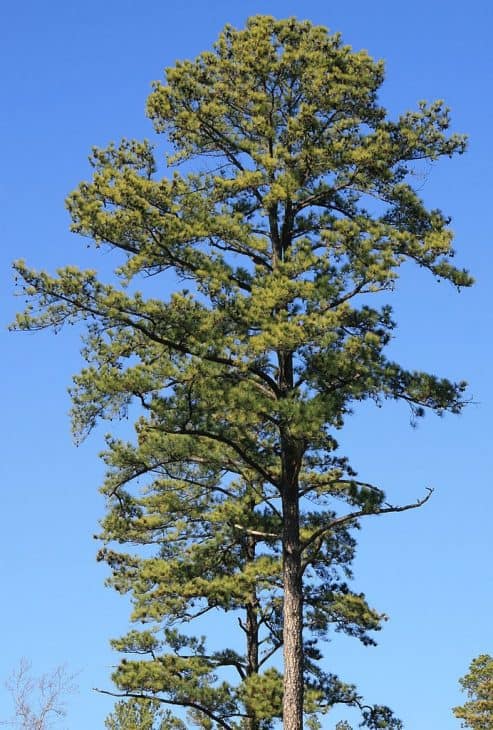
The loblolly pine tree is found mostly in swamps and other lowland areas, and it is native to the southeastern part of the country. It can get up to 100 feet high and has a trunk that gets up to five feet in diameter. The cones get to roughly five inches in length, and some of the seeds accompanied the astronauts on the Apollo 14 mission.
8. Lodgepole Pine (pinus contorta)
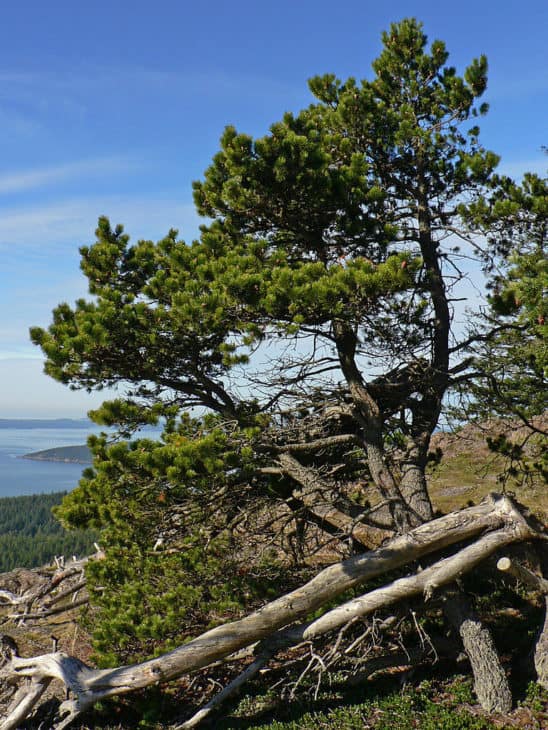
The lodgepole pine is sometimes called the tamarack or shore pine, and it is rarely found in lowlands, but instead is common near oceans and in dry montane forests. Four subspecies of the tree exist, and the tree usually gets 130 to 160 feet high. Its shape is sometimes irregular and twisted, and it has cones that are one to three inches in length.
9. Monterey Pine (pinus radiata)
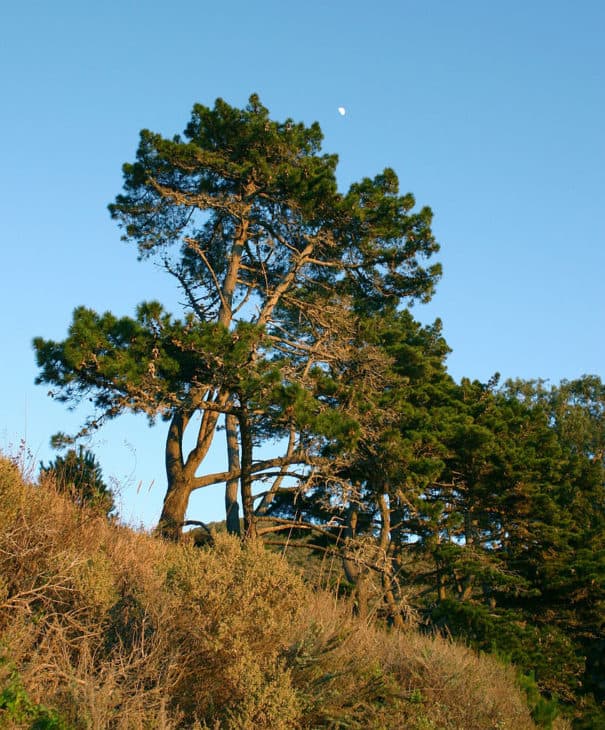
The Monterey pine tree can get up to 100 feet high on its own and up to 200 feet when it’s cultivated. The needles grow in bundles of three, and the wood from the tree is very important to the construction industry, being used as plywood, retaining walls, fencing, and even weatherboards.
10. Nut Pine (pinus edulis)
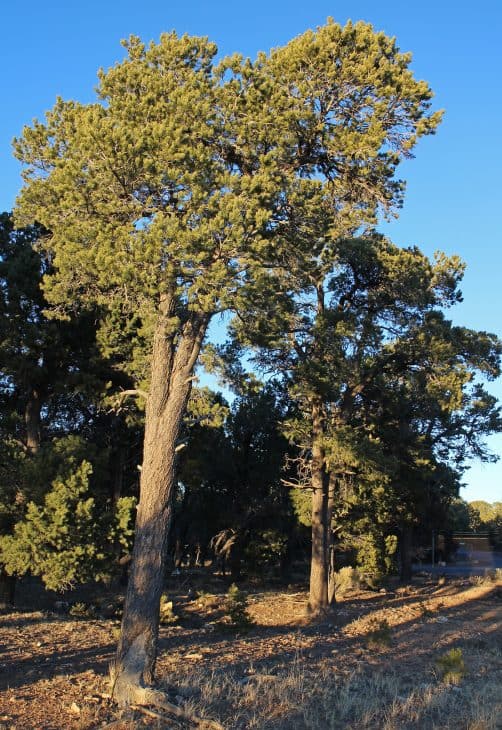
Also called the two-needle pinon pine or Nut pine, the tree grows up to 65 feet in height, and its trunk is roughly 30 inches in diameter. It is harvested mostly for the pine nuts in its cones, but it can also be used as an ornamental or decorative tree, and sometimes even as a Christmas tree. It’s found in warm climates, such as Texas and California.
11. Singleleaf Pinyon Pine (pinus monophylla)
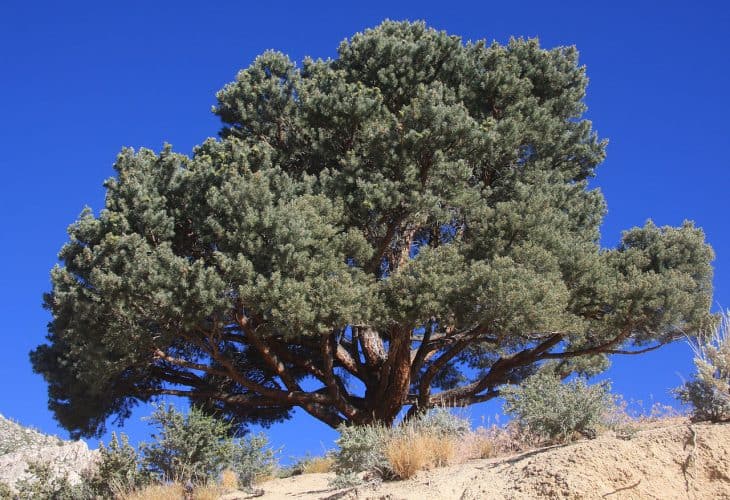
The one-leaf pinyon pine is native to North America and always grows best in moderate altitudes – not too low and not too high. It gets from 30 to 60 feet in height and consists of three subspecies. It is used mostly as an ornamental tree and sometimes a Christmas tree. It is known by both names: one-leaf and singleleaf.
12. Parry Pine (pinus quadrifolia)
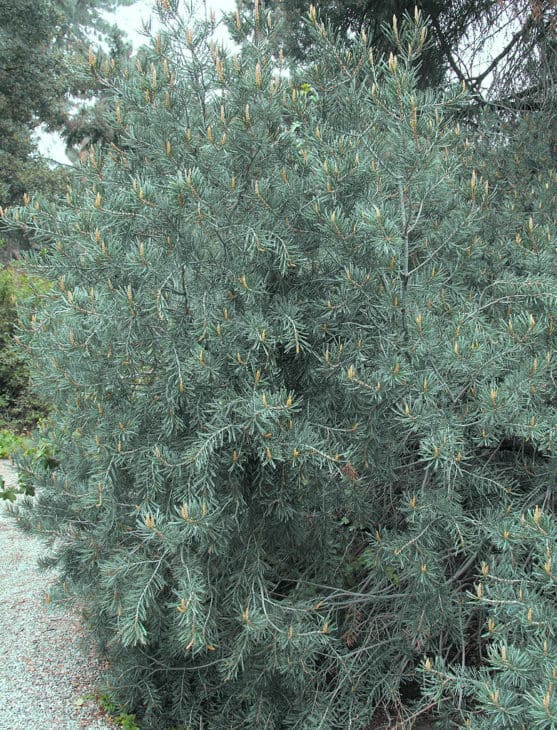
The parry pine tree is native to southern California and parts of Mexico, and the tallest it ever gets is around 50 feet. It can be used as a Christmas tree, but more often is valued as firewood, roofs, basketry, and even incense, making it a truly versatile pine tree indeed.
13. Ponderosa Pine (pinus ponderosa)
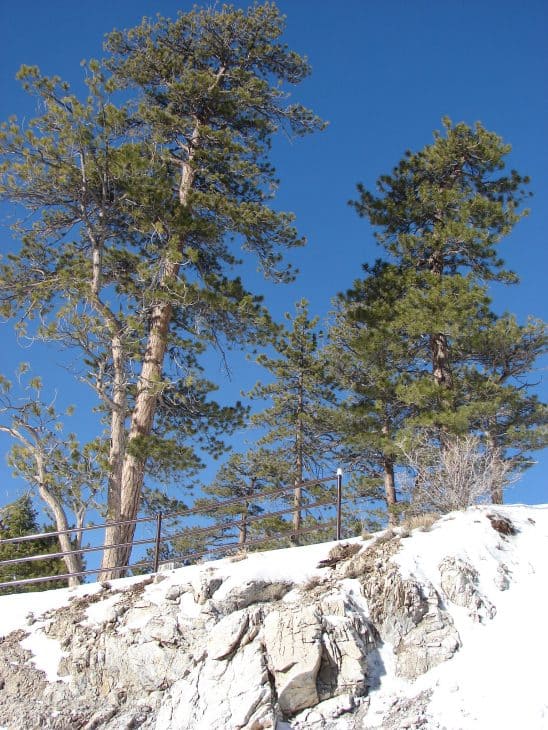
The Ponderosa pine is extremely large and in fact, the largest one recorded was in 2011 and was a little more than 268 feet high. Also called a blackjack or bull pine, the trees were even used at a Nevada test site in nuclear testing in the 1950s. There are a total of five subspecies of this type of pine, and they are known by their bright-green leaves.
14. Santa Cruz Island Pine (pinus Muricata remorata)
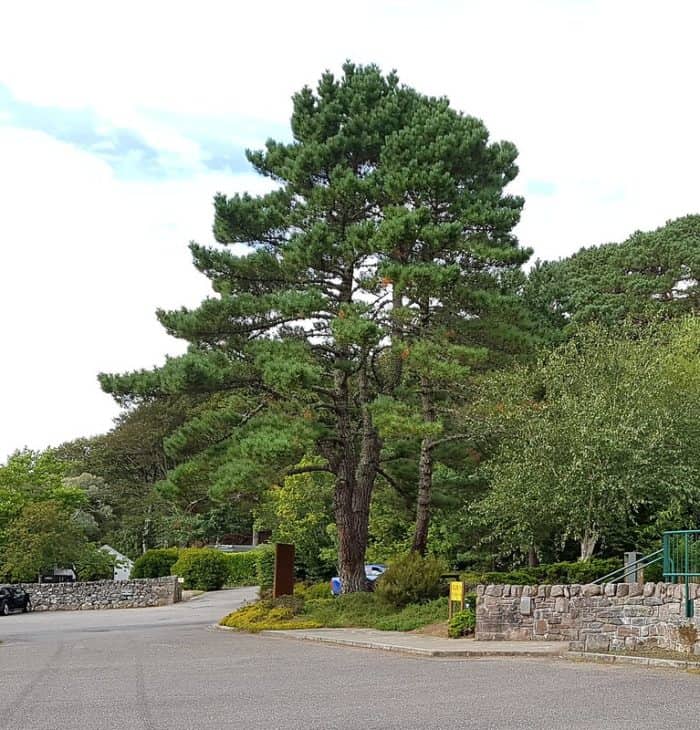
The Santa Cruz Island pine tree gets to roughly 80 feet high and consists of two different forms. One has bright green needles and the other has dark blue-green needles, both of which are eye-catching. Because of its attractive and its easy-to-grow aspect, this pine tree is found in a lot of public parks and gardens.
15. Sugar Pine (pinus lambertiana)
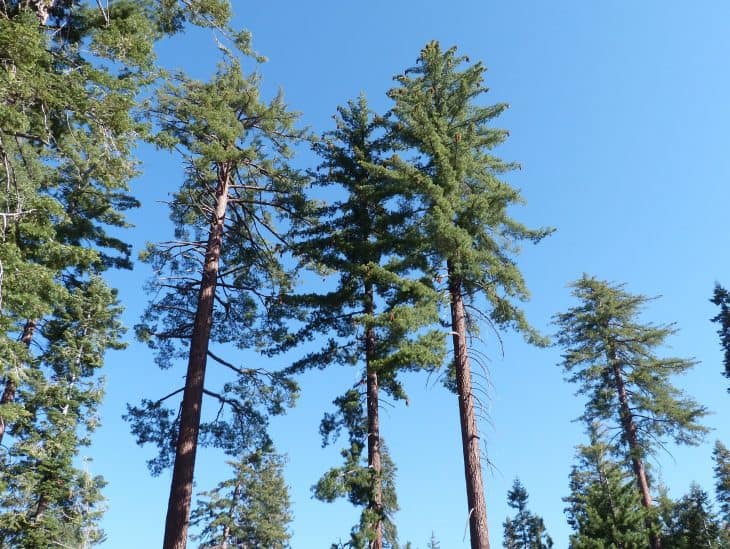
The sugar pine tree is huge, getting up to roughly 200 feet high and even having a trunk that gets up to a full eight feet in diameter. It is most commonly found in the western part of the country, and its odorless wood is often used to pack drugs and store fruit, among other things. When you see a truly massive and overwhelming pine tree, it is very likely the sugar pine.
16. Torrey Pine (pinus torreyana)
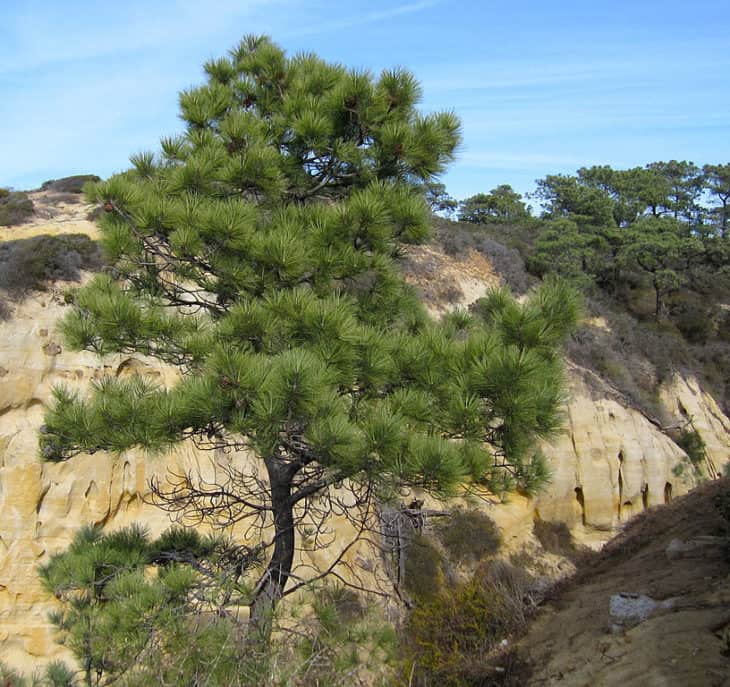
Growing up to 50 feet in height or a little smaller, this is a rare type of pine tree with large, heavy cones and nuts that are big as well, in addition to being very tasty. Some of its uses include plantation forestry and as ornamental or decorative trees in public areas, as well as a food source for both wildlife and humans.
Pine Trees in Northern California
17. California Foothill Pine (pinus sabiniana)
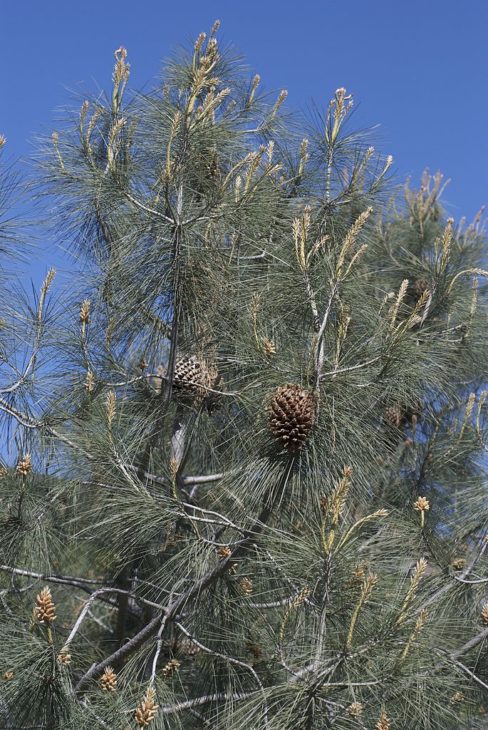
Also called the digger or gray pine, this is not an especially large pine tree because it rarely gets above 45 feet high. But it does have very large cones that can get up to almost 14 feet long. Moths and caterpillars eat the seeds inside of the cones, as do some Native American groups because they are sweet and very tasty.
18. Coulter Pine (pinus coulteri)
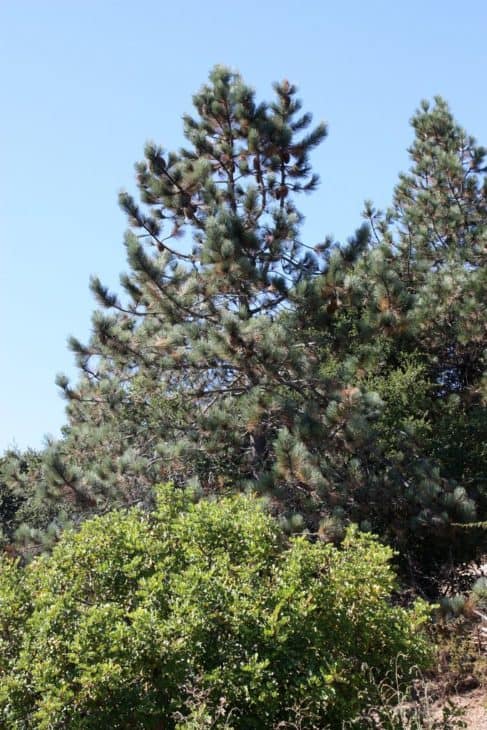
This tree can grow up to nearly 80 feet high and has a trunk that can be a full three feet in diameter. The spiny cones can get up to 15 inches in length and can weigh as much as 11 lbs., making them quite impressive indeed. Because the wood of the tree is soft, its main use is to make firewood and little else.
19. Jeffrey Pine (pinus jeffreyi)
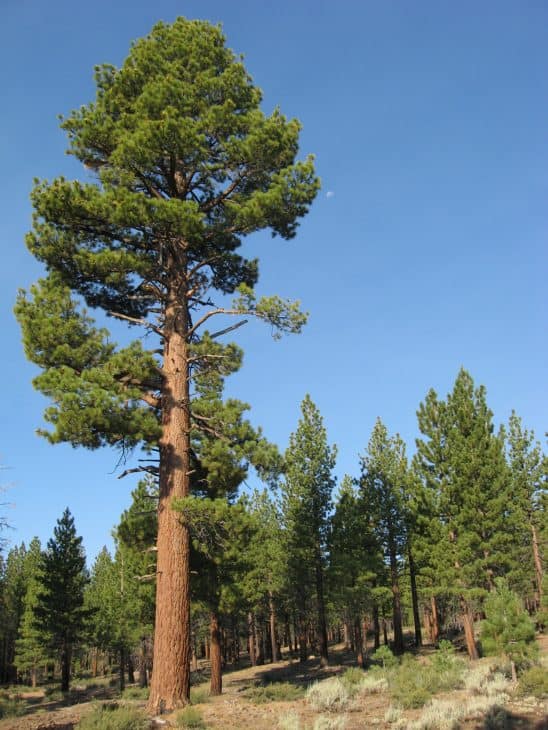
Some know this tree as the black or yellow pine, and it averages 80 to 130 feet high, even though some have grown to more than 170 feet. The cones contain sharp barbs, and the tree has a very pleasant aroma that resembles violets, pineapple, vanilla, or even butterscotch. It is found in California more than anywhere else.
20. Knobcone Pine (pinus attenuata)

With an erect, straight stature, the knobcone pine gets 25 to 80 feet high and has smooth flaky bark. Its leaves grow in groups of three, and the cones can stay closed for many years at a time. In fact, they normally open and release their seeds only in certain circumstances, such as when a fire happens.
21. Lodgepole Pine (pinus contorta)
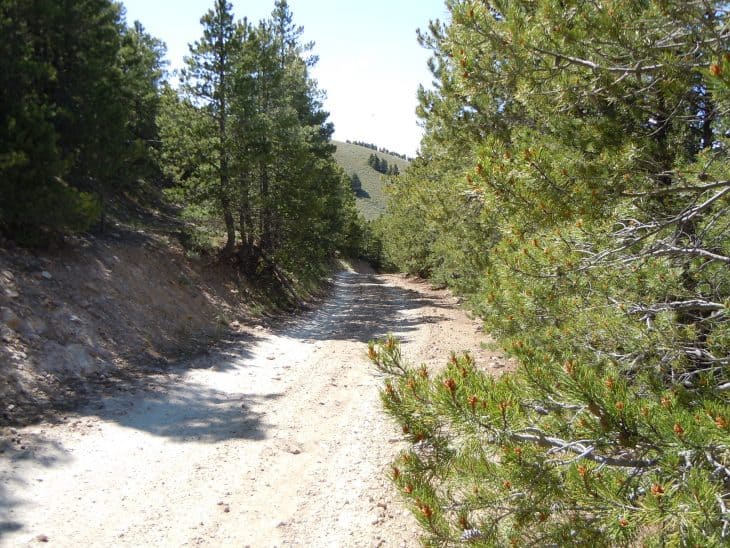
The lodgepole pine is also known as the shore or tamarack pine, and it is usually found in dry montane forests and near oceans. It consists of four different subspecies and grows 130 to 160 feet high. It has prickly cones that get up to three inches long and has a bent, twisted shape. Some countries have used these trees in tree plantations, and certain indigenous peoples have used parts of the tree for medicinal purposes.
22. Monterey Pine (pinus radiata)

Also called the radiata pine, the tree can grow up to 200 feet in height when it’s cultivated, although the average in a natural habitat is around 100 feet. It is used frequently in the construction industry for plywood, retaining walls, fencing, and weatherboards, among others. In California, it is found mostly in private gardens and public areas, such as parks and gardens.
23. Ponderosa Pine (pinus ponderosa)
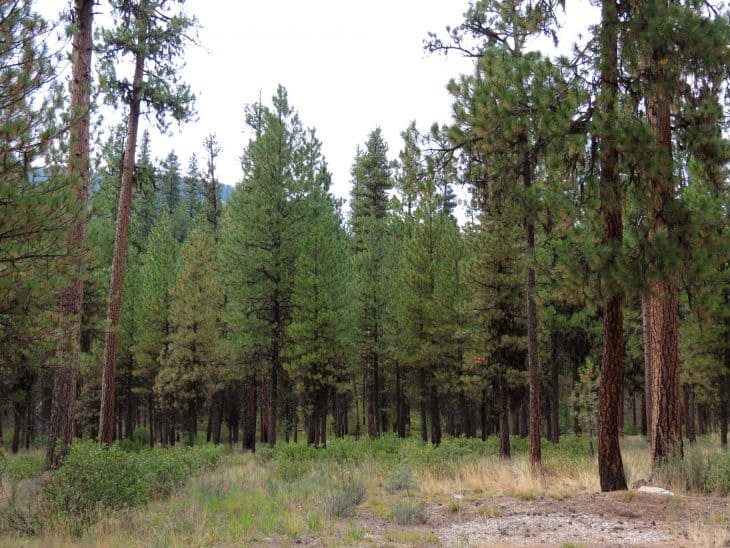
Interestingly, these trees were the source of nuclear testing in the 1950s, where many were dug up and delivered to a Nevada test site. They can get up to 235 feet tall, even though the tallest one was recorded at a whopping 268 feet. The ponderosa pine is sometimes called the bull or blackjack pine.
24. Singleleaf Pinyon Pine (pinus monophylla)

The singleleaf pinyon pine is native to North America and isn’t an especially tall tree, getting up to 60 feet or less in height. It consists of three different subspecies and is occasionally used as a Christmas tree. It grows best in moderate altitudes. The singleleaf and one-leaf pine tree are the same tree.
25. Sugar Pine (pinus lambertiana)
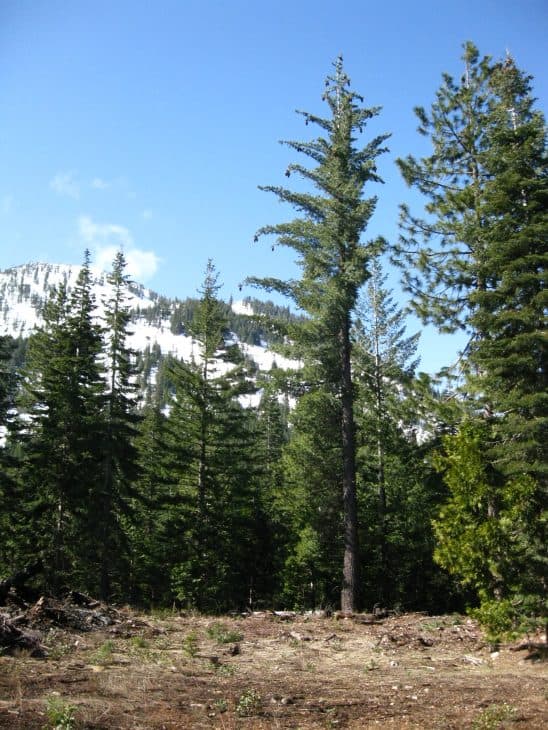
The sugar pine is known for its size, with the ability to get up to 200 feet high and eight feet in diameter. It is found mostly in the western part of the country, and its odorless wood is used to store fruit, pack drugs, and so on. According to some, the sap and nuts taste very sweet, but you should eat them sparingly due to their laxative properties.
26. Tamarack Pine (pinus contorta ssp. murrayana)
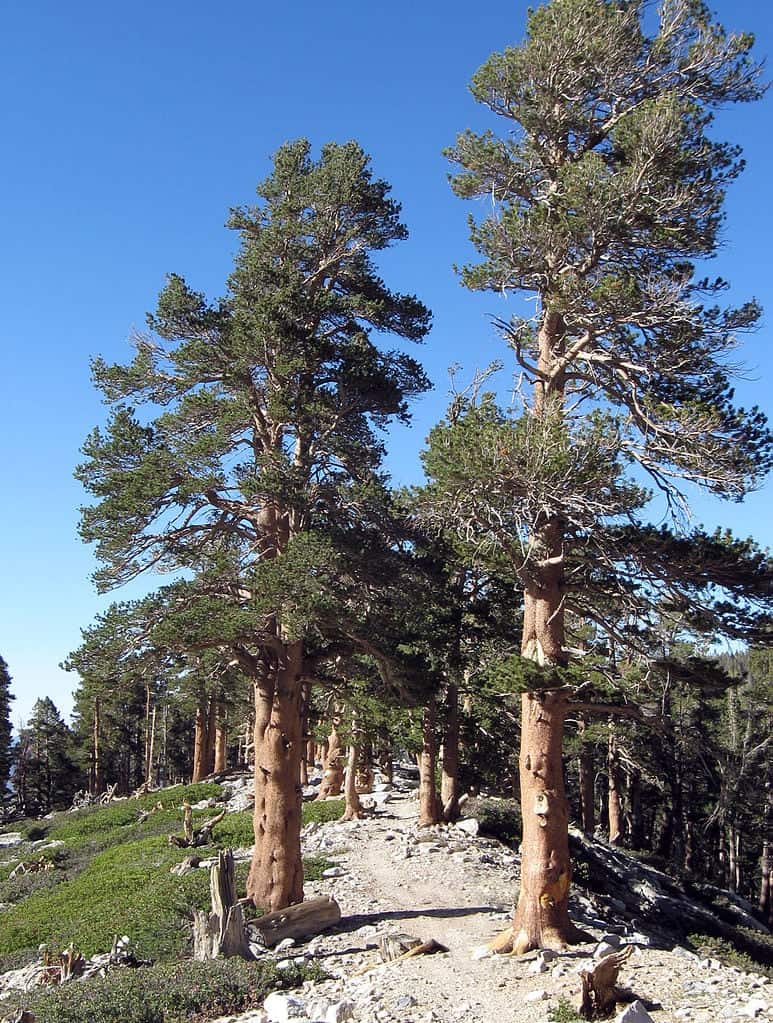
Consisting of three different varieties, the tamarack pine is found mostly in southern Washington, Oregon, and California. The most common uses for its wood include posts and beams, exterior trim for homes and offices, pulp and paper, and paneling, among others. In addition, the seeds feed over 30 mammals and more than 50 different types of birds,
27. Western White Pine (pinus monticola)
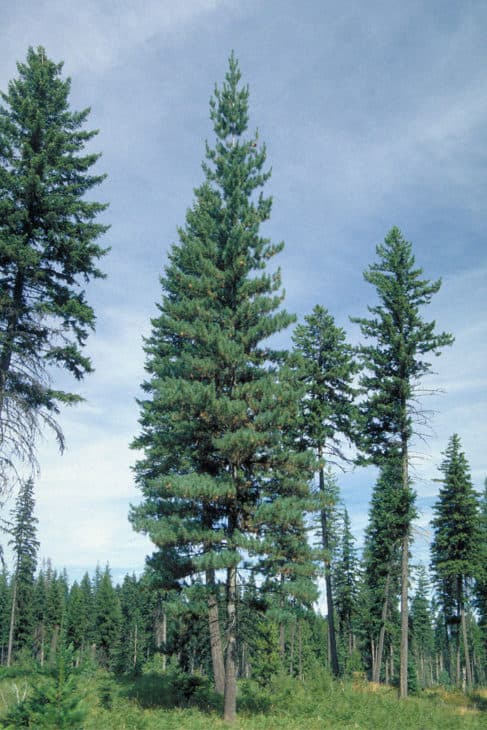
The Western white pine grows 100 to 160 feet in height, and its large cones and leaves last for a very long time. It is sometimes called the Idaho pine tree, and it has even been known to grow near sea level. The Western white pine is similar to the Eastern white pine, but it has larger cones and longer-lasting leaves.

